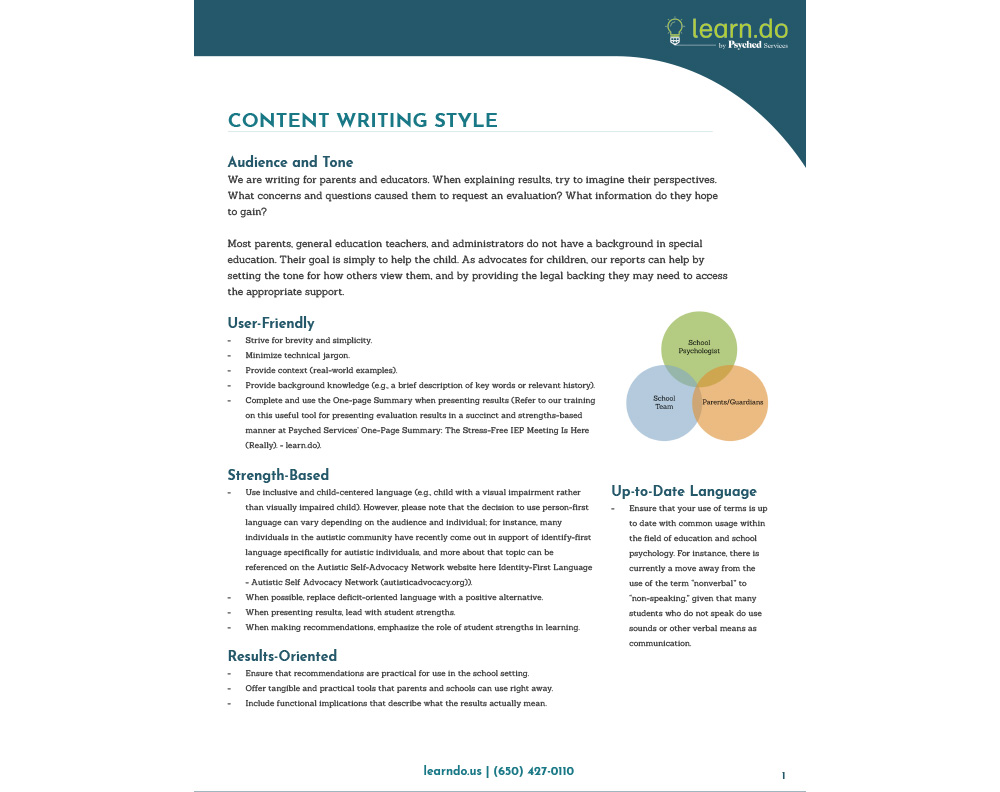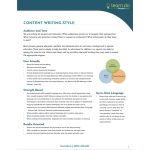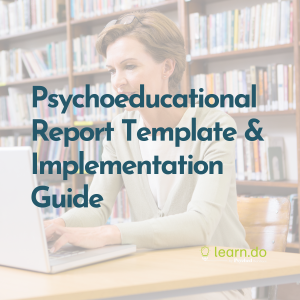Our Report Writing Style Guide is a comprehensive resource on writing style standards for school psychologists. This guide includes a detailed overview of commonly accepted best practices for writing style standards to utilize in psychoeducational report writing and proofreading in areas such as writing mechanics, capitalization, and punctuation. By increasing grammatical accuracy and adhering to best practices for writing standards, school psychologists maximize the impact of their reports on student success.
Tools and Resources
- Home
- Assessment
- Psyched Services Report Writing Style Guide
Psyched Services Report Writing Style Guide
$15.00
- Share:
Related products
-
Considering Reevaluations and the Need for Standardized Testing$15.00 Add to cart
Considering Reevaluations and the Need for Standardized Testing
How can National Update be used?Identify how to use educational data to help determine continued eligibility for special education without further…
Considering Reevaluations and the Need for Standardized Testing
How can National Update be used?
- Identify how to use educational data to help determine continued eligibility for special education without further testing
- Help IEP teams maximize their impact by identifying which students may not need standardized testing as part of their next reevaluation
- Utilize the sample summaries in reports, records reviews, or IEP documents
-
Alternatives to Clip Systems$10.00 Add to cart
Alternatives to Clip Systems
How can the Alternatives to Clip Systems be used?As a reference when providing consultation to both general and special education teachers
As a guide in…Alternatives to Clip Systems
How can the Alternatives to Clip Systems be used?
- As a reference when providing consultation to both general and special education teachers
- As a guide in consultation with teachers. This tool lays out ways to reduce anxiety and distractions in the classroom and meet sensory needs for students
- As a resource when developing interventions for students in the RTI/SST process
-
Psychoeducational Report Template and Implementation Guide$50.00 Add to cart
Psychoeducational Report Template and Implementation Guide
How can the template and guide be used?As a structured framework to streamline the report-writing process, ensuring reports are clear, comprehensive, and strengths-based
…Psychoeducational Report Template and Implementation Guide
How can the template and guide be used?
- As a structured framework to streamline the report-writing process, ensuring reports are clear, comprehensive, and strengths-based
- To increase efficiency while maintaining professional flexibility and individualized analysis
- To promote consistency across students and settings, supporting clear communication of assessment results, functional implications, and recommendations
- As a step-by-step resource to clarify what information should be included in each section and maintain a student-centered, strengths-based approach
- To help school psychologists efficiently translate assessment data into actionable insights while preserving professional judgment
- To increase clarity, consistency, and impact in psychoeducational reports
-
Math Disabilities Evaluation Guide$15.00 Add to cart
Dyscalculia Guide
How can the Dyscalculia Guide be used?As a tool to help explain the different dyscalculia subtypes
A reference for a full list of assessments that help identify…Dyscalculia Guide
How can the Dyscalculia Guide be used?
- As a tool to help explain the different dyscalculia subtypes
- A reference for a full list of assessments that help identify math disabilities
- A guide to help know when to assess for math disabilities








Reviews
There are no reviews yet.